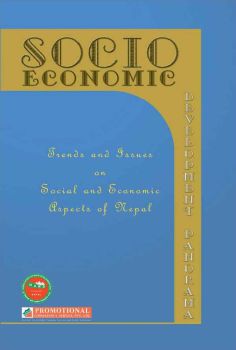Micro Finance: A Magic Bullet for Poverty Alleviation
Keywords:
Microfinance, Poverty alleviation, Integrated development, Wholesale lending, Loan, Financial sustainabilityAbstract
Micro Finance (MF) has gained a lot of significance as a tool for poverty alleviation in the last decade. There has been a rapid proliferation of Micro Finance Institutions (MFIs) in the recent past in the global as well as Nepalese context. It is, however, debatable whether the MF program applauded and eulogized as providing collateral tree loan to the poor is really reaching the poorest of the poor. The dichotomy of reaching the core poor and making the operations financially sustainable does not seen to be reconciable. The necessity of financial sustainability has introduced a built in bias against extending micro loans to the very poor. Moreover, the minimalist approach adopted by the MFIs that credit automatically translates into successful enterprises does not match with the reality as poor need skill, managerial ability and market outlet to start micro enterprises. Moreover, the range of micro enterprises that a poor can undertake is quite limited in a rural society. So loan alone strategy may not be an effective tool for poverty alleviation. The MFIs seem to boast of high repayment status, but the question is whether this has been from additional income or from borrowing from the village moneylenders. MF alone, if not integrated with the overall development strategy and supplemented by supportive activities, facilities can hardly be effective in helping the poor to get out of poverty.
Socio-Economic Development Panorama, Vol. 1, No. 2(2007) pp. 23-27
Downloads
Download data is not yet available.
Abstract
641
PDF
1764
Downloads
How to Cite
Poudyal, S. R. (2008). Micro Finance: A Magic Bullet for Poverty Alleviation. Socio-Economic Development Panorama, 1(2), 23–27. Retrieved from https://nepjol.info./index.php/sedp/article/view/1044
Issue
Section
Articles

